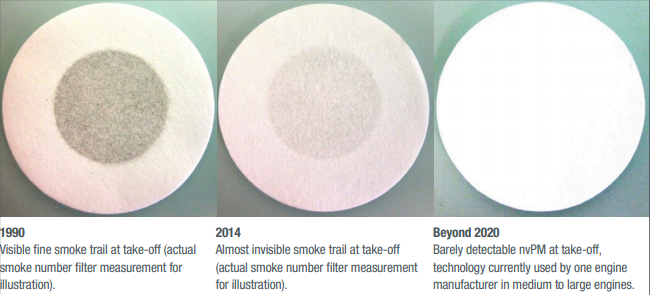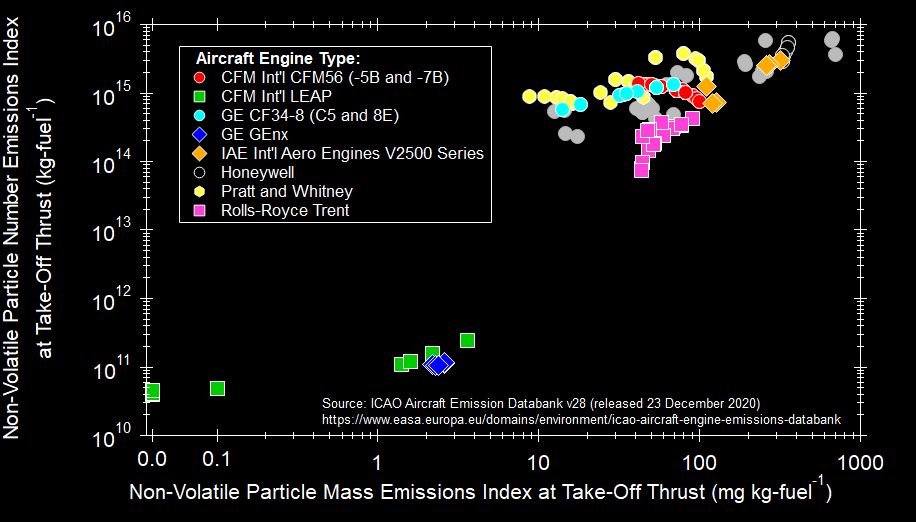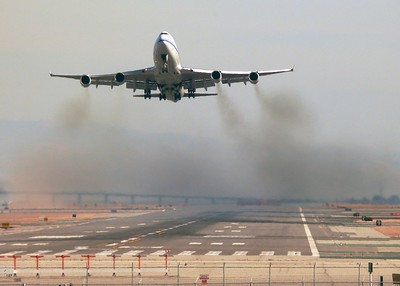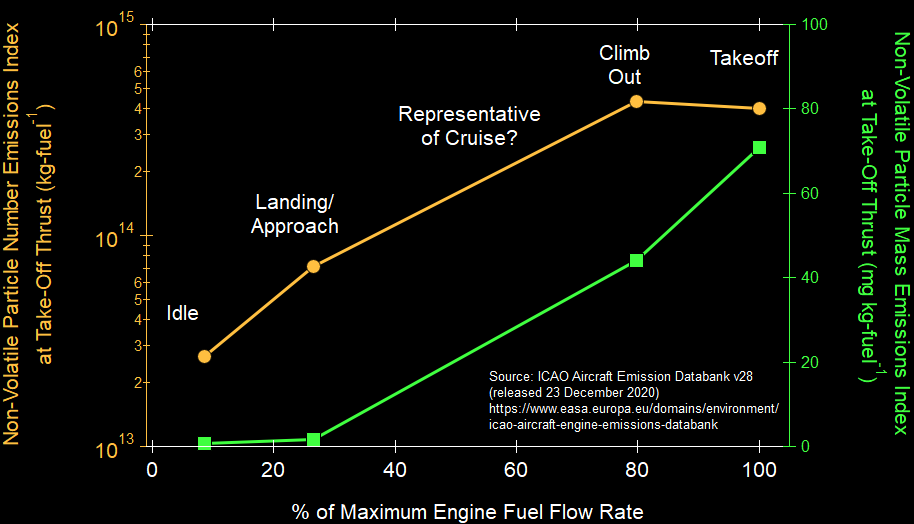EVOLUTION OF CROWNS
The ancient Indian kings called a head crown as a Mukut and it would mostly constitute of a golden ornamental headgear like an oval cap with gems.
Sometimes it would also include a halo circle to show the divinity of the king
1/7
As it was considered that kings were appointment by the gods themselves. Example the kings of mewar considered themselves to be the ‘Diwan of eklingji')
But in most cases very few Mukut with halo effect have been found.
2/7
Samudragupta in the gupta era coin. You can see the helmet like headwear on him.
Till gupta era the solid golden head wear was used in most days of the monarch.
But since the onset of 8th century it reduced in usage and was now used only as a ceremonial headwear.
3/7
Whereas earlier the Maharaja had to wear the mukut whenever his court was in session.
Still mukut was being used prominently for ceremonial activities till recent times.
Maharaj Dahir of Sindh👇
4/7
But as times past the style of headwear also changed.
The kings mostly wore turbans ordained with pearls and gems while rarely anyone wore a true Mukut after 16th century.
Portrait of Sri Krishna Dev Raya👇
5/7






